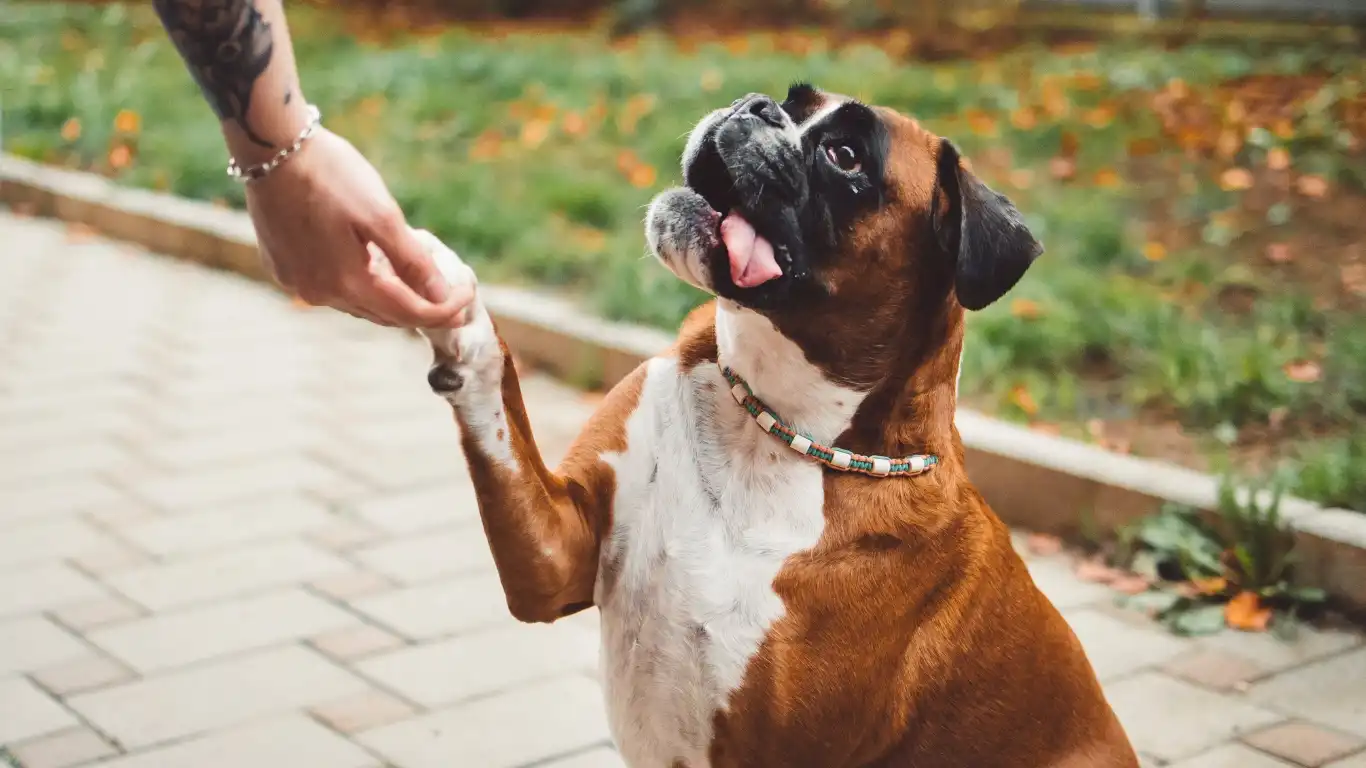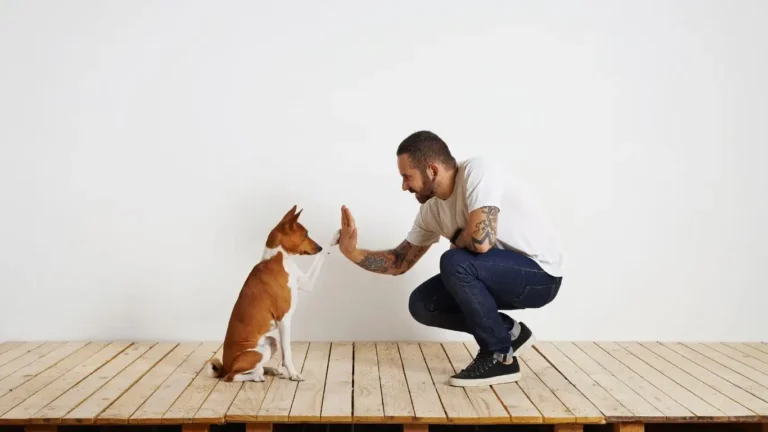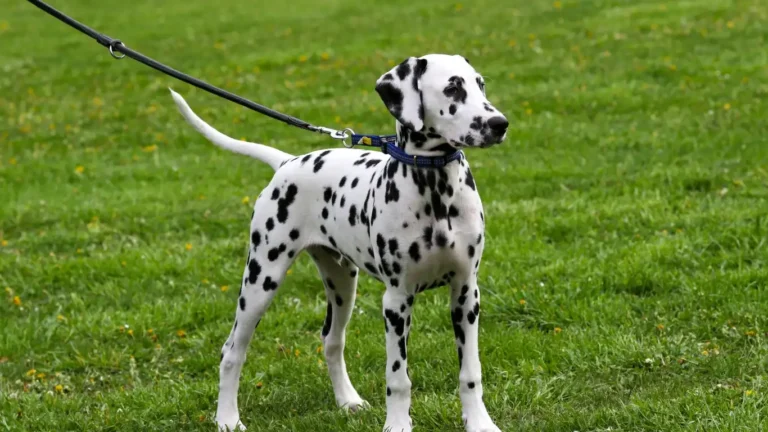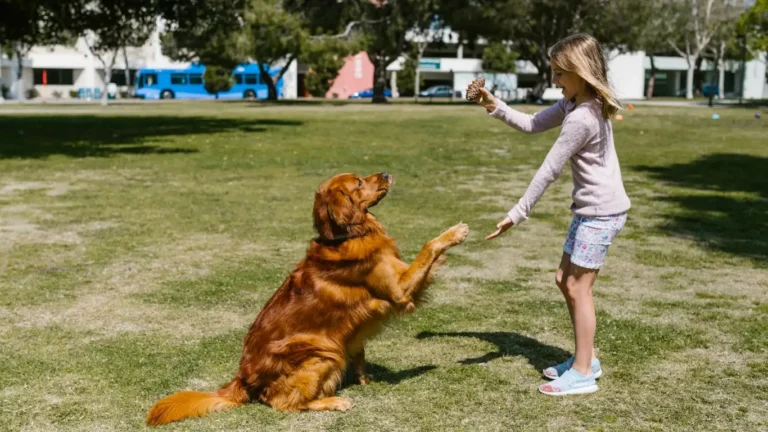How to Get a Dog Used to Car Rides: Tips for Stress-Free Travel with Your Pup
As a veterinary technician specializing in nutrition, I’ve seen all kinds of dogs, each with their own quirks and personalities. One common concern that many pet parents share is how to get a dog used to car rides. Whether it’s a trip to the vet, a weekend getaway, or just a drive around town, car rides are a part of life for most dogs. However, many dogs struggle with anxiety, fear, or discomfort during car rides, which can make the experience stressful for both the dog and the owner. In this post, I’ll share some personal insights, tips, and tricks I’ve learned over the years to help your dog get more comfortable in the car.
Why Car Rides Can Be Stressful for Dogs

Before diving into the solutions, it’s essential to understand why some dogs might feel uncomfortable or even fearful during car rides. Just like humans, dogs have unique personalities, and their experiences shape how they react to new situations. A few reasons why car rides can be tough for dogs include:
- Motion Sickness: Some dogs are prone to motion sickness, which can make car rides downright miserable for them. The constant movement and change in direction can lead to nausea, drooling, and even vomiting.
- Negative Associations: If your dog has had negative experiences with car rides, such as trips to the vet or a traumatic event, they may associate the car with fear or discomfort.
- Anxiety: Many dogs are naturally anxious, and a confined space like a car can amplify their stress. They may pant excessively, pace, or whine during the ride.
- Inexperience: Puppies or dogs who haven’t been exposed to car rides from an early age may simply be unfamiliar with the experience, leading to uncertainty and fear.
Understanding the underlying cause of your dog’s discomfort will help you tailor your approach to easing their anxiety. Some dogs may need desensitization, while others may require physical accommodations or behavioral training. Either way, it’s important to remember that this is a gradual process, and patience is key.
Steps to Help Your Dog Get Used to Car Rides

Start Slowly and Make the Car a Positive Space
One of the most important steps in getting your dog comfortable with car rides is to make the car a positive and relaxing environment. Start by allowing your dog to explore the car while it’s parked in your driveway or garage. You don’t have to start the engine or even go anywhere yet; the goal is to get your dog used to being in the car.
Try placing some of your dog’s favorite treats or toys in the car to create a positive association with the space. You could also feed your dog in the car during a calm moment at home. The idea is to make the car a place where good things happen. Over time, this will help alleviate any anxiety they may feel when it’s time to actually go on a ride.
Take Short Trips First
Once your dog seems comfortable being in the car while it’s parked, it’s time to start going for short, calm trips around the block. Don’t rush things; keep the first few rides brief and low-key. This is a great opportunity to observe how your dog reacts and to ensure they’re not getting too anxious.
Throughout these short trips, stay calm and positive. Speak to your dog in a soothing voice, and reward them for calm behavior. If your dog seems nervous or unsettled, it’s okay to cut the trip short and try again later. Gradual exposure will help them feel more comfortable with each ride.
Address Motion Sickness
If your dog is prone to motion sickness, it can make car rides even more stressful. Fortunately, there are ways to help manage this issue. Start by ensuring your dog is safely and comfortably positioned in the car. A secure harness or a dog car seat can prevent your dog from sliding around, which may reduce nausea.
Before heading out on longer trips, try offering your dog a light meal or snack a few hours before the ride. An empty stomach can sometimes make motion sickness worse. Additionally, if your dog continues to have motion sickness despite these changes, it may be worth consulting with your veterinarian about medications or other remedies that can help.
Use Positive Reinforcement
Positive reinforcement is a game changer when it comes to teaching your dog new behaviors, and car rides are no exception. Every time your dog behaves calmly or shows progress in getting used to the car, be sure to reward them. This could be with treats, praise, or even a fun game after the ride.
Make sure your dog knows that being in the car results in something they love, whether that’s a trip to the park, a visit with their favorite person, or simply a yummy treat. Positive reinforcement builds confidence and helps to reinforce the idea that car rides can be enjoyable.
Stay Calm and Be Patient
Dogs are incredibly perceptive, and they can pick up on their owner’s emotions. If you’re anxious or frustrated, your dog is likely to mirror that behavior. Try to stay calm and patient, even if the process is taking longer than expected. Dogs learn at their own pace, and pushing them too hard can backfire.
Remember, your dog’s comfort and confidence in the car will take time, but with consistency and patience, you’ll both be able to enjoy stress-free car rides in the future.
Dealing with Car Ride Anxiety in Dogs

Car ride anxiety is a real issue for many dogs, and it can make travel a stressful experience for both you and your furry friend. While some dogs take to car rides with no issues, others may experience anxiety, excessive drooling, or even vomiting. This can often stem from a lack of early exposure to car rides or a negative experience tied to travel, such as a trip to the vet. Overcoming this anxiety requires patience, but with some understanding and effort, your dog can learn to enjoy the ride.
Desensitize Your Dog to the Car
If your dog has a history of being anxious in the car, desensitization is a key step in the process. The goal here is to help your dog gradually become accustomed to the car and its movements without triggering anxiety. This process can take some time, so don’t rush it!
Start by getting your dog comfortable being around the car. You can begin by letting them explore the car while it’s stationary. Open the doors, let them sniff around, and reward calm behavior with treats and praise. Once they’re comfortable being inside the car while it’s parked, try short car trips around the block, making sure the experience is calm and positive.
It’s important to be consistent with this training. Over time, your dog will begin to associate the car with positive experiences, rather than dread or fear. You can also use calming products like anxiety wraps, calming pheromone sprays, or natural calming supplements, which can help make your dog feel more at ease during the process.
Use Crates or Seat Belts for Safety and Comfort
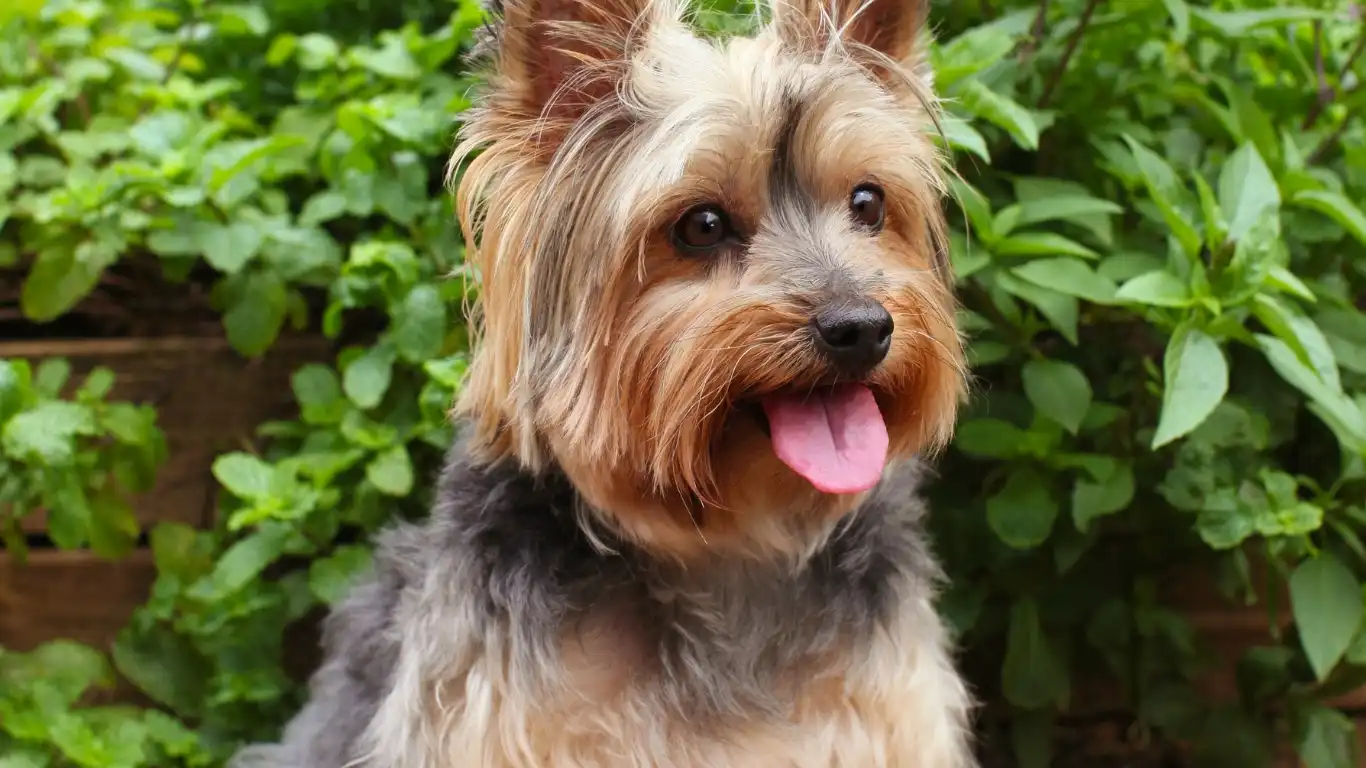
While car rides may be a bit stressful at first, it’s crucial to keep your dog’s safety in mind. Using a crate or a dog seat belt is not only a good safety measure but can also make your dog feel more secure during the ride. A crate can offer a familiar, enclosed space that helps reduce anxiety, as it limits the dog’s movement and gives them a sense of safety. Plus, many dogs tend to relax when they’re in a familiar environment, like their crate.
If your dog isn’t crate trained, a dog seat belt harness might be a better option. It keeps your dog safe and restrained while still allowing them the freedom to look around and stay comfortable. Both options can also prevent distractions while you’re driving, keeping you and your dog safe on the road.
Ensure the Car Environment is Comfortable
To further reduce your dog’s anxiety, consider the comfort of the car environment. Ensure the temperature is comfortable, as extreme heat or cold can make your dog uncomfortable during the ride. If possible, keep the windows cracked open for ventilation, or use the air conditioning to keep things cool. However, make sure your dog is not in direct sunlight or too close to hot windows, which can cause discomfort.
Providing your dog with a favorite blanket or toy during the ride can also create a sense of familiarity and comfort. Having something that smells like home can be very reassuring for your dog as they get used to traveling. If you know your dog tends to get stressed easily, you might also want to try a calming music playlist made specifically for dogs. It’s amazing how calming music can have a soothing effect on anxious pups!
Gradually Increase the Duration of the Rides

As your dog becomes more comfortable with shorter trips, it’s time to gradually increase the duration of the rides. Remember to keep things gradual; don’t go from a 5-minute drive to a long road trip in one go. Slowly increase the time spent in the car, and make sure the experience remains positive. This might mean taking a 10-minute drive one day and then a 20-minute drive the next, depending on how your dog reacts.
Along with lengthening the trips, start varying the routes you take. This will help your dog adjust to different types of car journeys. You can also make the ride more enjoyable by taking them to places they enjoy, like the dog park or a pet-friendly store. Reward calm behavior throughout these trips with praise or treats to keep the experience positive.
Watch for Signs of Discomfort
As you continue to increase the length of the trips, it’s important to monitor your dog for signs of distress or discomfort. Dogs can’t communicate with words, so it’s up to you to be vigilant in watching for non-verbal cues. Common signs that your dog may be stressed during car rides include:
- Panting excessively
- Drooling more than usual
- Whining or barking
- Vomiting or diarrhea
- Attempting to escape the vehicle or hide
If you notice any of these signs, it may be a sign that your dog isn’t quite ready for longer trips just yet. It’s essential to go at your dog’s pace and not force them to go further than they can handle. This might mean taking a step back and practicing shorter trips until they’re more comfortable.
Consider Professional Help if Needed
While most dogs can be trained to feel more comfortable in the car with patience and consistency, there are cases where professional help might be needed. If your dog’s anxiety or fear seems extreme or doesn’t improve with time, it may be worth consulting with a professional dog trainer or behaviorist. They can help identify specific triggers and provide personalized strategies to help your dog overcome their anxiety.
In some cases, a veterinarian may also recommend medications to help your dog manage their anxiety during car rides. These can be used in combination with training techniques to make the transition smoother. Just make sure to discuss the options with your vet to ensure you’re making the best decision for your dog’s well-being.
Taking Your Dog on Longer Car Rides

Once your dog has gotten comfortable with shorter trips, the next step is to venture out on longer car rides. These trips might involve traveling to new destinations, or perhaps it’s just a long drive to visit family or friends. No matter the reason, there are a few extra precautions and considerations to make sure your dog’s comfort and safety remain a priority during extended travel.
Prepare for Longer Drives
When planning for a longer car ride, start by ensuring that your dog is properly prepared. It’s important to consider things like bathroom breaks, hydration, and snacks. During long trips, dogs need to stretch their legs, go to the bathroom, and drink water just like humans do!
Plan to make stops every 2 to 3 hours to give your dog a chance to get out of the car, walk around, and use the restroom. Having a portable water bowl and some snacks on hand will also keep them comfortable during the ride. This is especially important if your dog gets car sick or has anxiety. Making regular stops will help reduce stress levels.
To make these breaks more enjoyable for your dog, try to pick locations where you can take them for a short walk. This will help expend any pent-up energy, and it will give your dog a chance to relax before continuing the journey.
Traveling with a Nervous Dog
If your dog still struggles with anxiety during longer trips, there are a few extra tricks you can try. In my experience, anxiety can escalate when there’s too much stimulation or noise. Keeping your dog’s environment calm and quiet is key during longer car rides. Consider using a calming product like a Thundershirt, which gently applies pressure to reduce anxiety, or pheromone sprays that can have a soothing effect on your dog.
Additionally, try playing soothing music designed specifically for dogs. There are a variety of playlists available that include gentle sounds proven to calm nervous dogs. I’ve had a lot of success with this—it’s like setting the stage for a peaceful road trip! You could also consider using a calming herbal supplement recommended by your vet, especially if you’re traveling long distances and want your dog to stay relaxed.
If your dog still gets anxious, avoid giving them a large meal right before the trip, as it can worsen nausea. A light snack is better, and you can always offer more food during breaks along the way.
Making Car Rides a Fun Experience for Your Dog
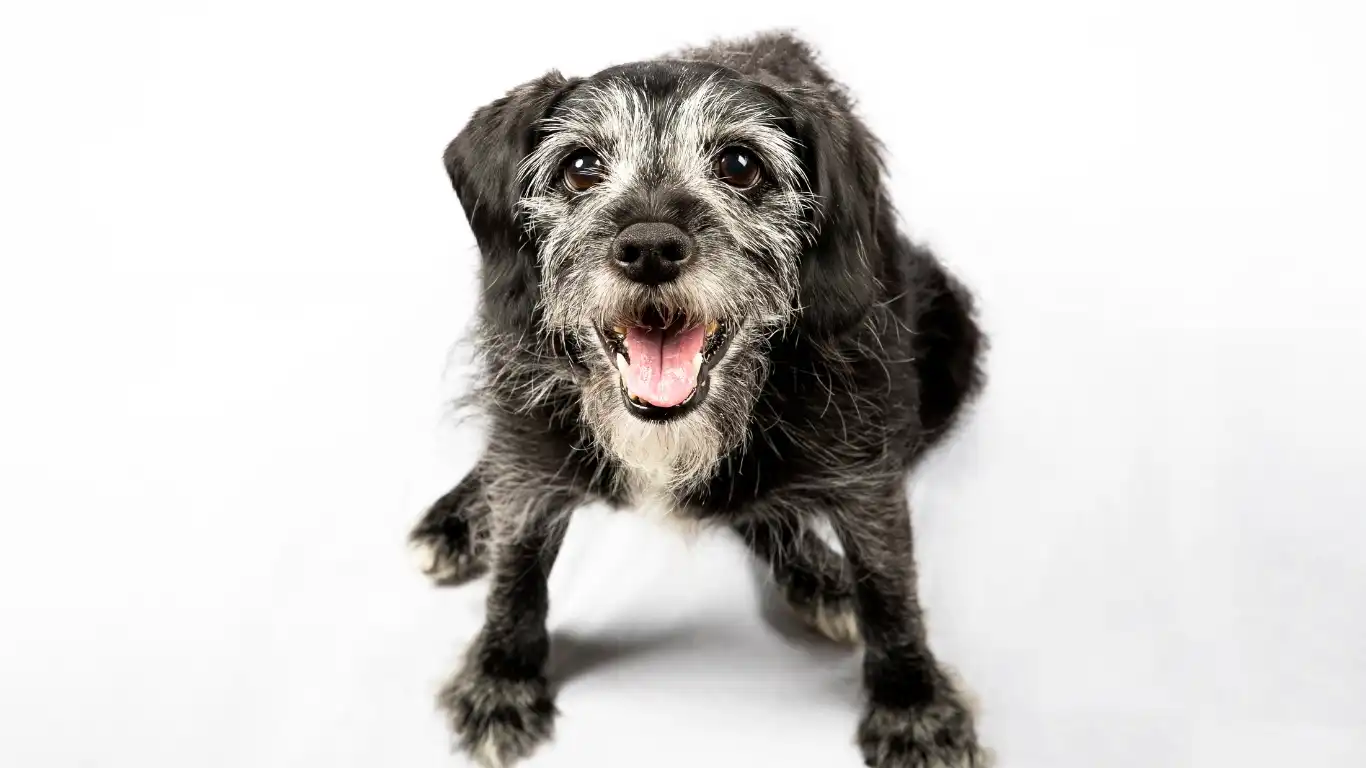
Traveling with your dog doesn’t have to be a stressful experience. In fact, with the right preparation, it can turn into a fun and enjoyable adventure for both you and your furry companion. Over time, your dog will likely begin to associate car rides with positive experiences and exciting destinations.
Reward Good Behavior
One of the most effective ways to make car rides enjoyable for your dog is by rewarding good behavior. Every time your dog behaves well in the car, such as staying calm or not exhibiting signs of anxiety, offer them a treat or praise. This reinforces positive behavior and encourages your dog to remain calm during future trips.
Consistency is key here. It’s important to maintain a routine of rewarding good behavior on every ride, no matter how long the journey is. This will help your dog feel confident and secure during the car ride, knowing that good things happen when they stay calm.
Make the Ride Fun with Destinations Your Dog Loves
Another way to make car rides more exciting is by planning trips to places your dog enjoys. Dogs love a good adventure, whether it’s a visit to the park, a hike in the woods, or even a fun stop at a pet-friendly cafe. When your dog associates car rides with fun destinations, they’ll look forward to the ride rather than dread it.
If you’re going on a longer trip, consider breaking up the journey with stops at places your dog enjoys. It could be as simple as a quick walk through a pet-friendly town or a stop at a dog-friendly beach. These mini adventures will keep your dog engaged and happy, making the car ride seem less like a chore and more like a fun outing!
References
If you’re looking for additional resources on how to get your dog used to car rides or dealing with travel anxiety, check out these reliable sources:
- PetMD for expert advice on dog behavior and travel tips
- American Kennel Club for a range of helpful resources on training and travel
- Cesar’s Way for professional dog training tips from Cesar Millan
- Dogster for in-depth articles on dog health and behavior
Disclaimer
The information shared in this article is based on my personal experience as a veterinary technician specializing in nutrition, as well as general research from trusted resources. However, every dog is unique, and what works for one dog may not work for another. Always consult with your veterinarian or a professional dog trainer if you’re facing persistent issues with car ride anxiety or behavioral concerns. Your vet can provide personalized advice and solutions tailored to your dog’s specific needs.
